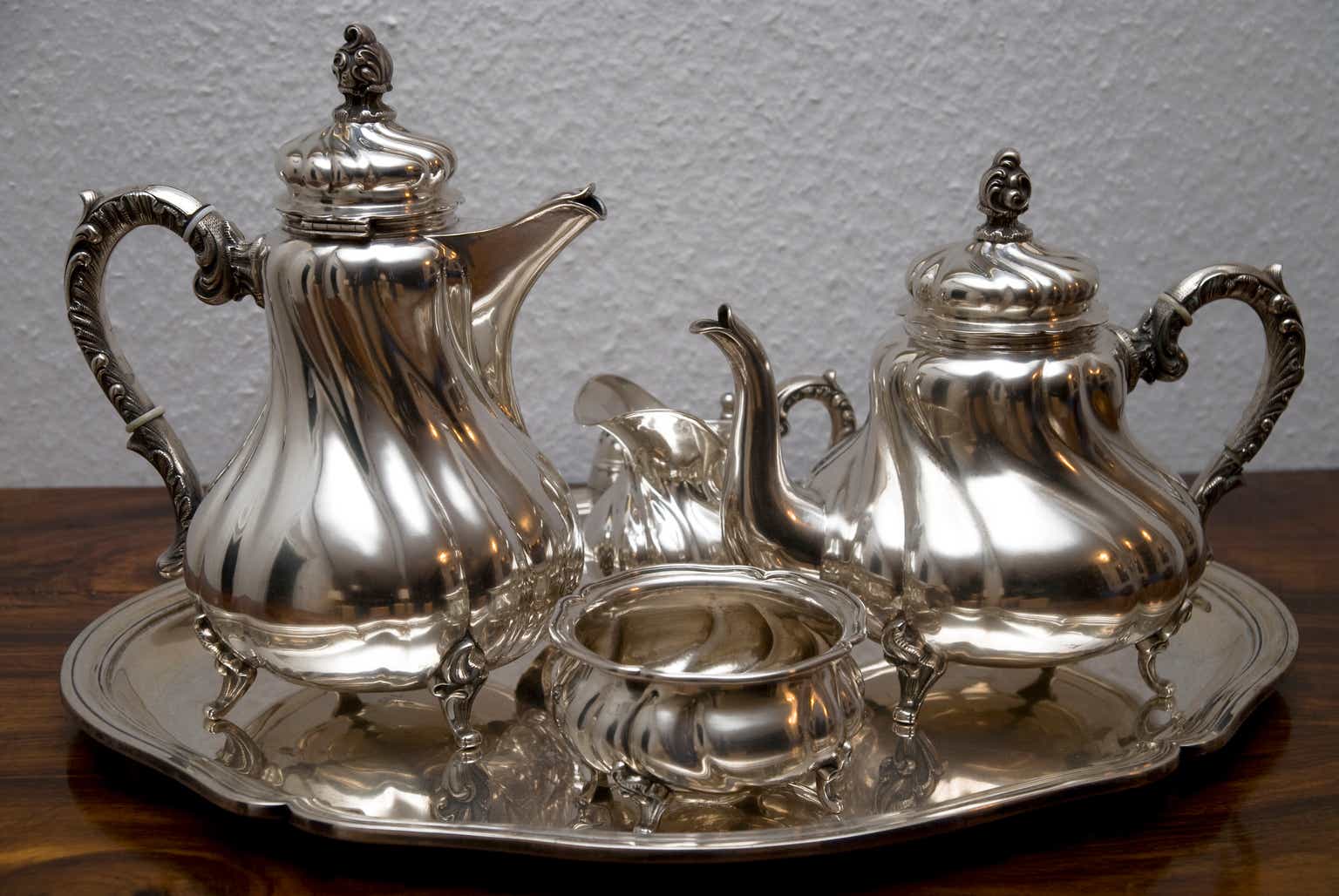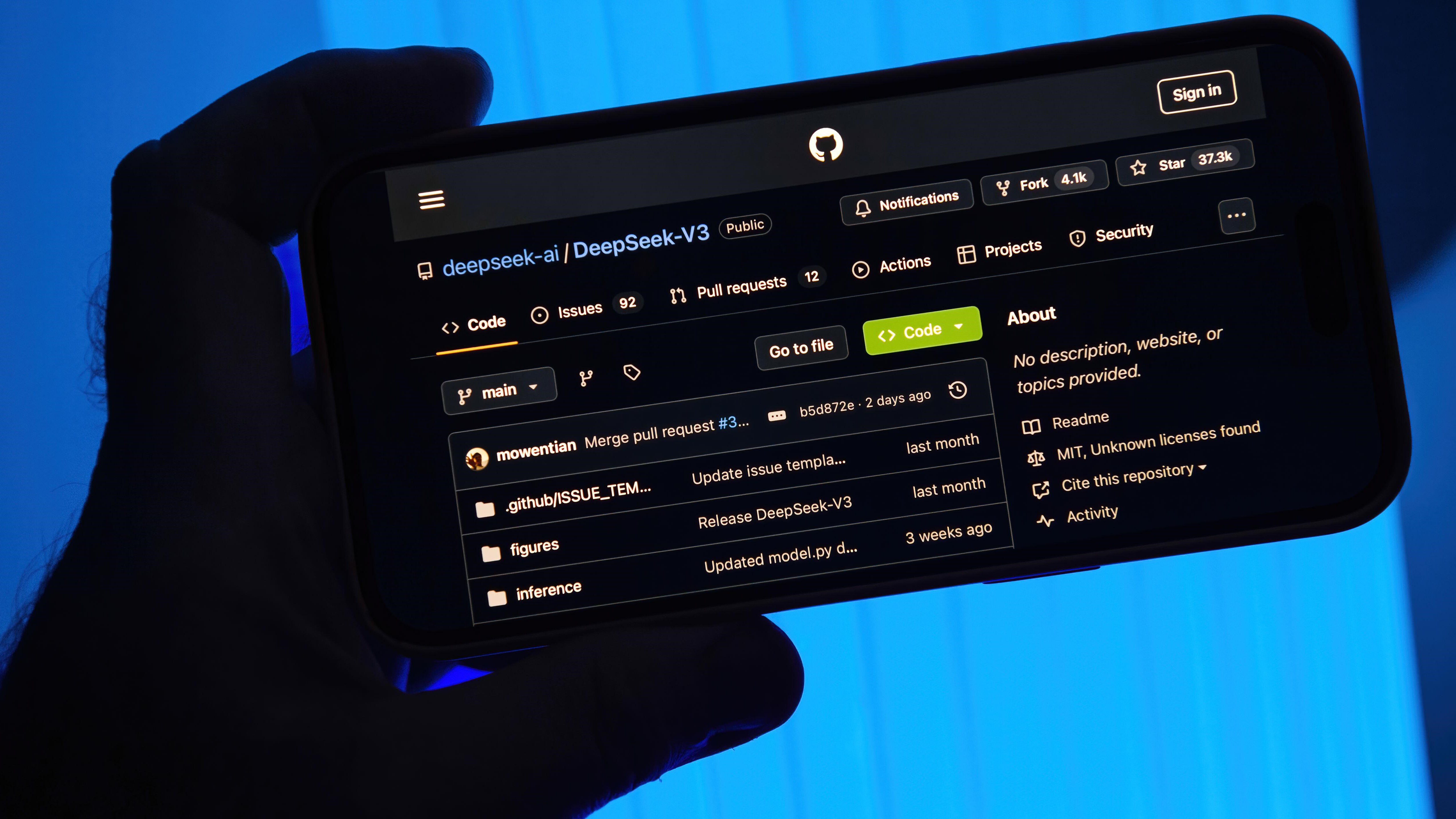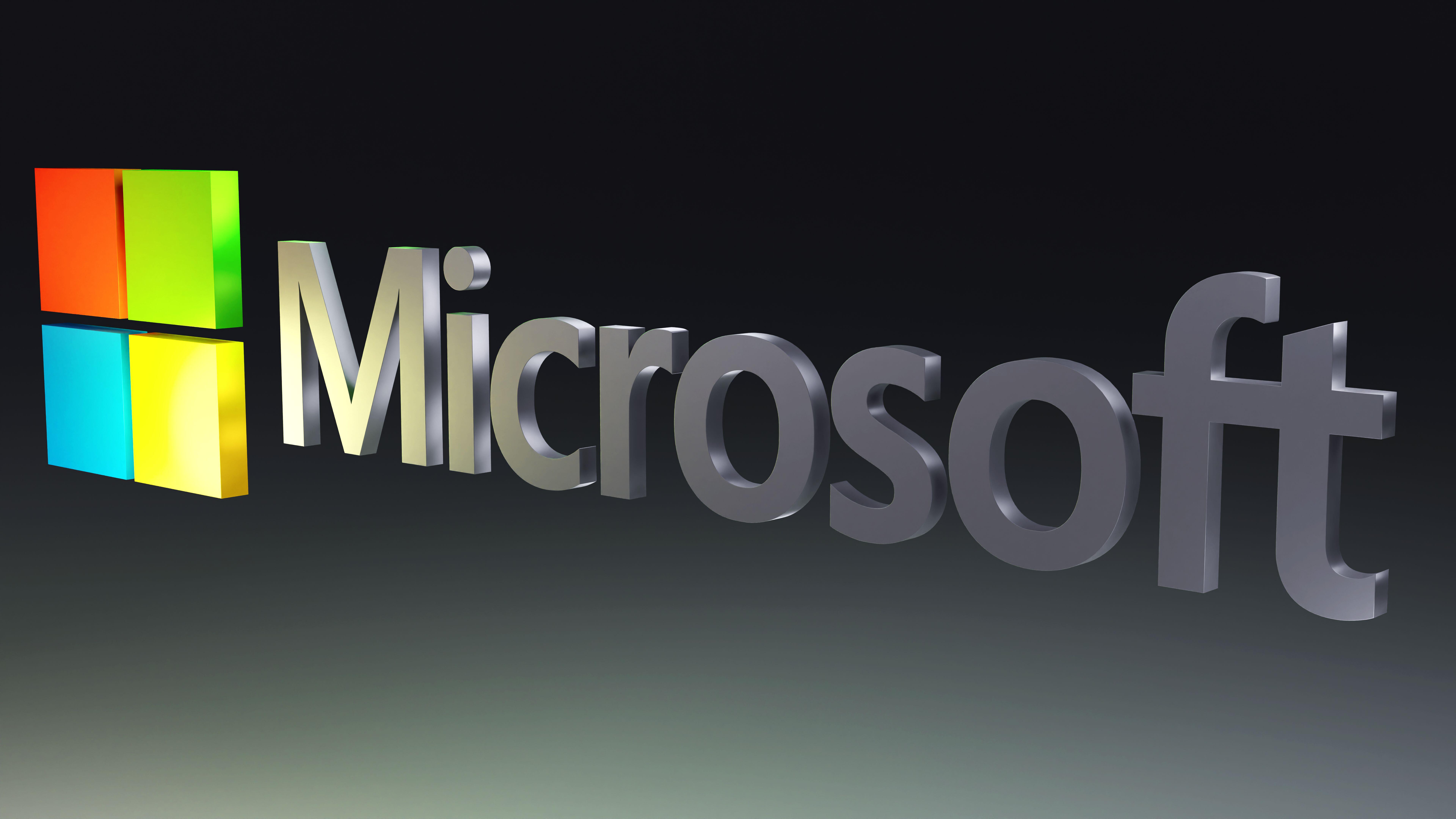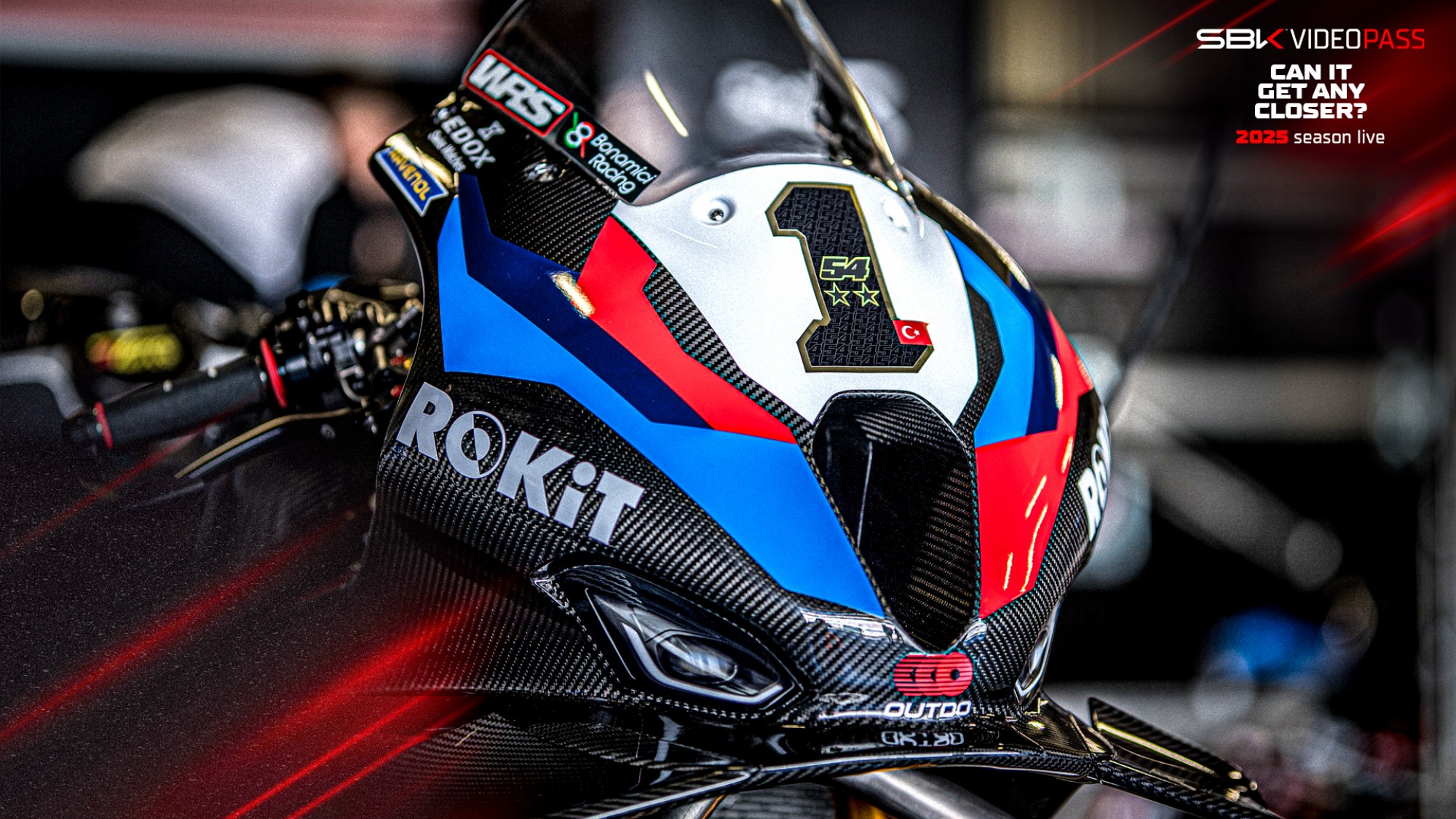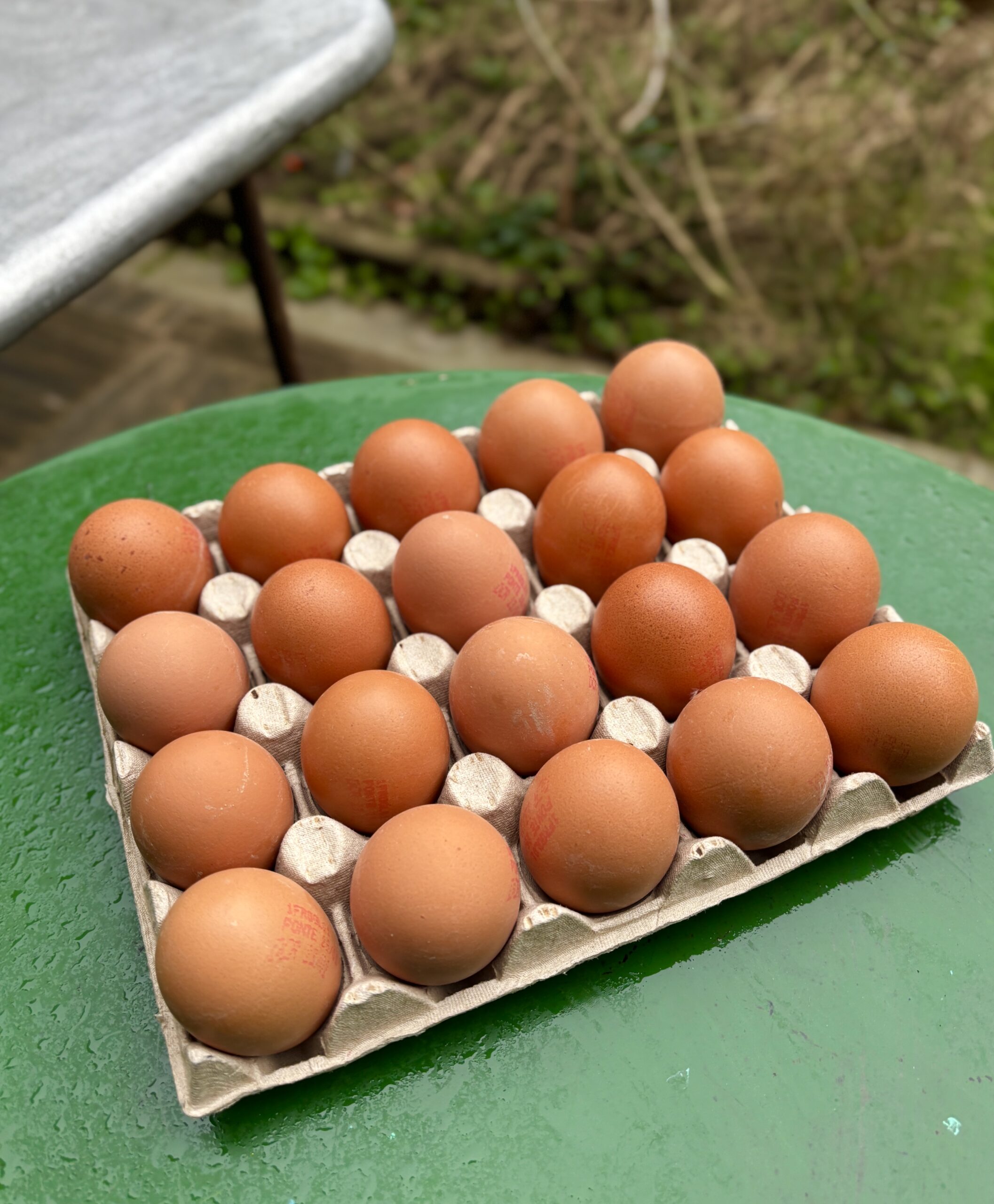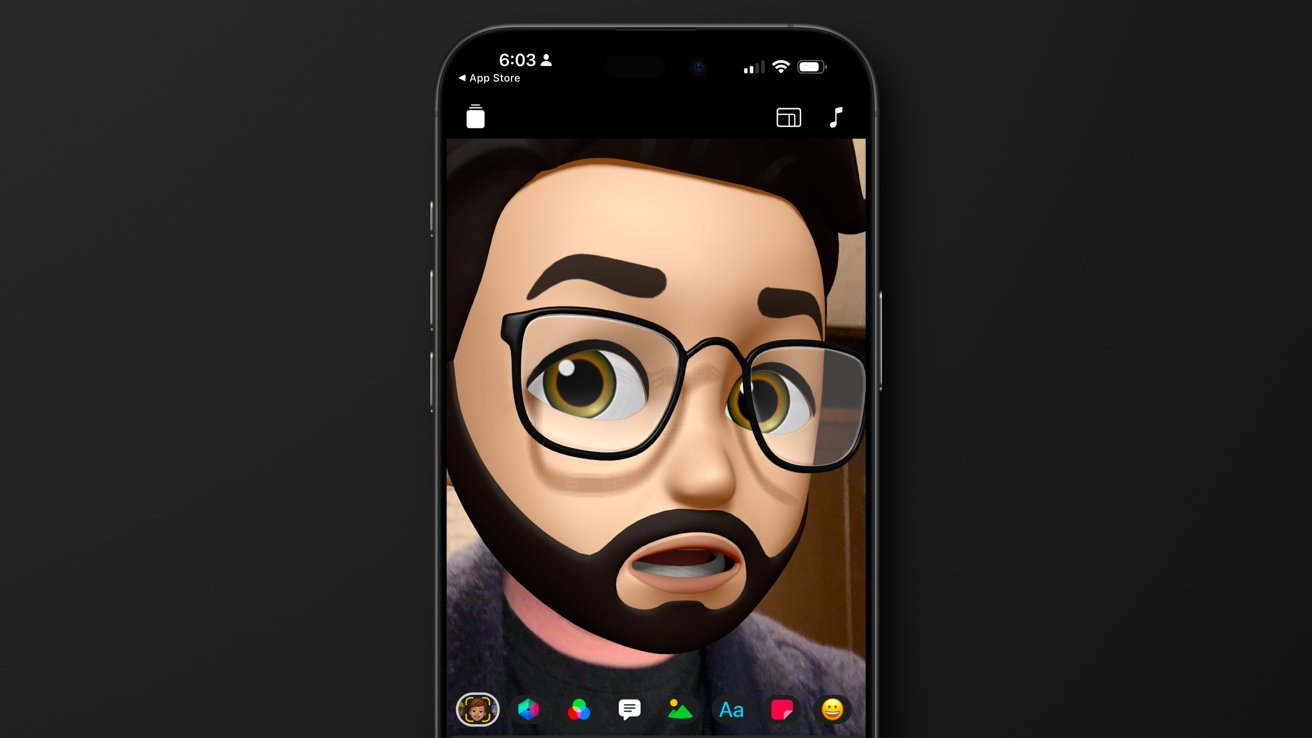Samsung Galaxy S25 Ultra review: Not enough to justify an upgrade
The newest Samsung Galaxy flagship device is simply not that big of an upgrade over the previous model.


Phone companies are going to need to start doing new releases every two or three years instead of annually if this is how things are going to go from now on.
Annual phone upgrades started looking incremental to regular people years ago, but the tech-savvy among us could always point to at least one or two changes that were actually meaningful. With the Samsung Galaxy S25 Ultra, we might have finally passed the rubicon where even I, a professional tech writer, can't really muster a reason why anyone with a somewhat recent Android phone would need to upgrade to this device. The differences between last year's model and this one are so marginal as to almost not exist.
Yes, the display is very slightly bigger, and there's a new chip inside that puts up nice scores in benchmarks. But much of that new processing power is devoted to AI applications that are mildly useful at best, gimmicky on average, and outright hostile to human creativity at worst. The Samsung Galaxy S25 Ultra is not a bad premium flagship by any means, but it's really difficult to think of a reason why you should buy one.
Samsung Galaxy S25 Ultra: Price and specs

Starting at a staggering $1,299 (which, to be fair, is the same price as the Ultra model a year ago), the Galaxy S25 Ultra includes these specs:
6.9-inch AMOLED display with adaptive 120Hz refresh rate and 3120x1440 resolution
Snapdragon 8 Elite for Galaxy processor
256GB/512GB/1TB storage options
12GB RAM
5,000mAh battery
For the sake of comparison, the display is a tenth of an inch bigger than the S24 Ultra, while the new Snapdragon 8 Elite chip is top-of-the-line phone hardware at the moment. Those are your two functional differences between the Galaxy S25 Ultra and its immediate predecessor. Display resolution, storage and RAM options, and even the size of the battery are all identical between the 2024 and 2025 models.
Samsung actually has a comparison page on its website that highlights just how similar these two phones are. If you don't believe me, take a look for yourself.
Samsung Galaxy S25 Ultra: Design

One of the bigger differences between S24 Ultra and S25 Ultra is in its physical form factor. To its credit, Samsung has marginally slimmed down this year's model, increasing display size while actually making it a slightly more comfortable phone to hold.
Samsung deserves some flowers here for ditching the hard, 90-degree corners that framed the S24 Ultra and replacing them with curved edges instead. It makes the phone significantly more pleasant to hold, as does its new weight of 218g. That's 15g lighter than the S24 Ultra, which isn't the biggest difference in the world, but it's certainly worth noting. Aside from that, these two phones don't differ too much from each other in terms of design.
For posterity, the color options this year are:
Titanium Grey
Titanium Whitesilver
Titanium Silverblue
Titanium Black
Titanium Pinkgold
Titanium Jadegreen
Titanium Jetblack
I'd also be remiss not to mention that the S Pen stylus accessory is included with the S25 Ultra, as it has been in recent Ultra models. There's still a little slot in the phone where the pen lives, and you can easily get through your day without even remembering the pen is there if you're not the type of person who likes to use styluses. It's nice if you want it, but to be honest, I never felt like I personally needed it.
Samsung Galaxy S25 Ultra: Performance

A new high-end mobile chipset means higher expectations for performance. I'm happy to report that there are no real problems to be found with the way the S25 Ultra performs on a day-to-day basis, though again, the change from last year might be pretty insignificant.
Snapdragon 8 Elite for Galaxy does an admirable job of keeping things moving, as general phone operations are satisfyingly smooth and snappy. This includes the use of AI features, which are closely tied to the new chip. I'll go into more detail about what those are and how they work later, but for now, it's worth noting that every AI feature I tried worked very quickly and without much hassle.
For the number-crunching heads out there, I ran the S25 Ultra through the Geekbench 6 benchmarking software. The results here are fairly astonishing, as the new device's multi-core score is 10,049, compared to the Galaxy S24 Ultra's score of 6,675. That's a pretty big numerical jump! I should note, however, that for everyday app usage, you probably won't notice a huge difference between the two phones. Every recent premium flagship is fast and diminishing returns are inevitable.
Still, credit where it's due: This phone is, according to available metrics, more powerful than the S24 Ultra.
Samsung Galaxy S25 Ultra: Battery life
Samsung rates the 5,000mAh battery in the S25 Ultra for 31 hours of video playback. While I couldn't quite replicate that, I was satisfied with the results I got in my testing.
When it comes to general usage, you can go about 24 hours between charges with the Galaxy S25 Ultra. You might be sweating it out at the end of that period, depending on what you like to do with your phone, but it's doable. When I had the phone loop a 1080p video on its display from a 100 percent charge until it died, I got 26 hours and 56 minutes of playback time out of the S25 Ultra.
These figures will likely vary for people depending on how they use their devices, but on the whole, it's hard to complain about the battery here.
Samsung Galaxy S25 Ultra: AI features

Samsung, Apple, and Google are all going hard on AI features these days, and the Galaxy S25 Ultra is no different. It sports a handful of new AI tricks that are theoretically supposed to be selling points for people. I can't speak for everyone, but if I was a Samsung guy with a flagship released in the last three years or so, none of this stuff would get me to upgrade.
Part of that is because some of the most heavily advertised AI features on S25 Ultra aren't really new. Google's Circle to Search functionality is here, but that's also available on Pixel phones and even the last four generations of Galaxy S-series phones. The same goes for Audio Eraser, a feature that lets you isolate and remove certain sounds from videos you've filmed. It's a neat trick, but Google already had it before.
In terms of things that are actually new, Now Brief is probably the most handy feature of the bunch. It's a little widget that lives on your home screen and, when tapped, opens up a single, scrollable page that includes info about the day's weather, events on your calendar, and news stories you might find interesting. Now Brief is basically just a way to repackage your morning routine, so you're only checking one app instead of two or three to find all of that information. It's not massive, but in the realm of AI features, it's hard to complain about it.
Cross-app actions are also new and worth talking about. You can now long-press the power button on an S25 Ultra to bring up Gemini, and command it to perform multiple actions across multiple apps for you. For example, if you want to know when the Super Bowl is, you can tell Gemini to "find the Super Bowl schedule and add it to my calendar" or something like that. If all goes well, it can create calendar events, store online recipes in your notes, or share restaurant recommendations with friends, all based on a conversational voice command.
Now Brief and cross-app actions are nifty, but not really essential. I'm fully capable of looking up the day's weather and news, or finding out when a football game is happening in just a few seconds on my own. That's really the best thing I can say about the suite of AI features on S25 Ultra.
Many of the other ones, which are largely made up of already-existing generative editing features for photos and videos, are affronts to my sensibilities. Removing unwanted audio from videos is nice in theory, but filming in a less noisy environment or finding another creative solution are better ways out of that problem. I feel similarly about features that "clean up" photos you've taken by using AI to remove people or objects; just take a better photo instead of using AI to create a fake version of reality.
Do you really want all of your photos of your children to have the creepy sheen of generative AI all over them? Would you like it if you found out someone was texting or emailing you messages that were heavily edited by AI? I don't and I wouldn't. To each their own, but as long as this stuff is the crux of every new phone release, I'm going to complain about it.
Samsung Galaxy S25 Ultra: Cameras
The rear camera array represents the only other notable hardware difference between S25 Ultra and S24 Ultra. Namely, the ultrawide lens has been upgraded from 12MP a year ago to 50MP this year. Aside from that, everything else is the same: a 200MP wide lens, 50MP telephoto lens, and 12MP selfie camera.
I didn't have an S24 Ultra on hand for direct comparisons, but the new ultrawide lens does produce nice, colorful, sharp shots.

Regular shots at default settings look similarly crisp and vibrant.

Portrait mode's bokeh effect is as pleasing to the eye as ever.

While the telephoto zoom hasn't been significantly altered this year, I still had a fun time playing with it. You can digitally zoom up to 100x, but I found that keeping things around 30x produced shots that were both impressively clear and didn't have that smudgy "the phone made up details to fill in the blanks" look that digitally zoomed photos often have.


The only real issue I had with the S25 Ultra's cameras came when I tried to take photos at night. Nighttime photography can depend a lot on your environment, and NYC is definitely too light polluted to get the best results in my experience. That said, the shots I did get looked a little too warm and artificial in nighttime mode. The version without any software correction was often closer to what my eyes saw, even if it wasn't necessarily something you'd want to post on social media.


Samsung Galaxy S25 Ultra: Final thoughts
The only reason I can really think of to upgrade to a Samsung Galaxy S25 Ultra is if you're rocking a really old handset and just need to catch up with the times.
Snapdragon 8 Elite for Galaxy is indeed a power boost over previous generations, and quality everyday performance backs that up. A long-lasting battery will also remove unwanted stress from your life, and the camera array is generally pretty good at what it does. This is, in most ways that matter, a fine premium flagship phone.
It's just difficult to find a reason to recommend the S25 Ultra to anyone else for any other reason. Its hardware changes are so iterative as to almost not exist, and whatever new AI features are here are more neat than life-changing. We might seriously need to rethink the whole annual release cycle if this is going to become the status quo.







